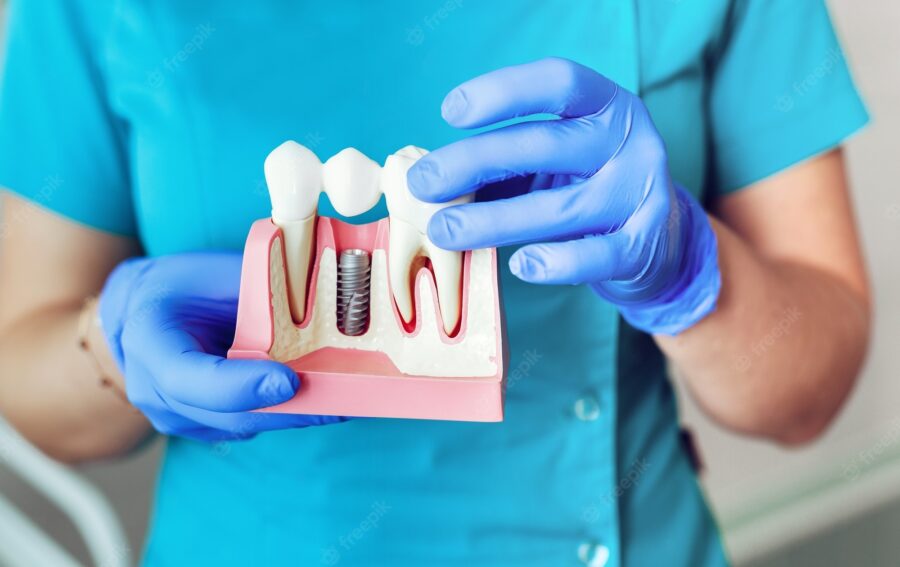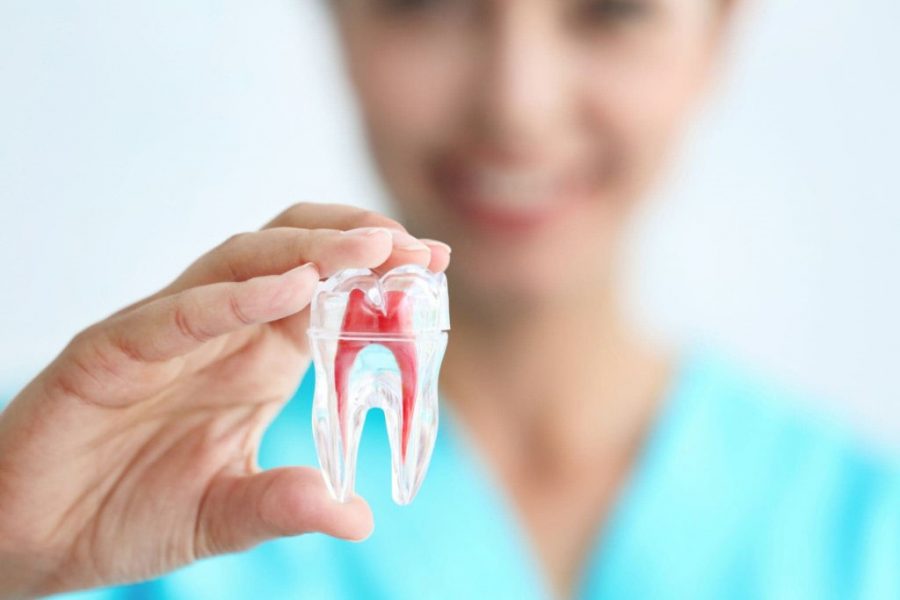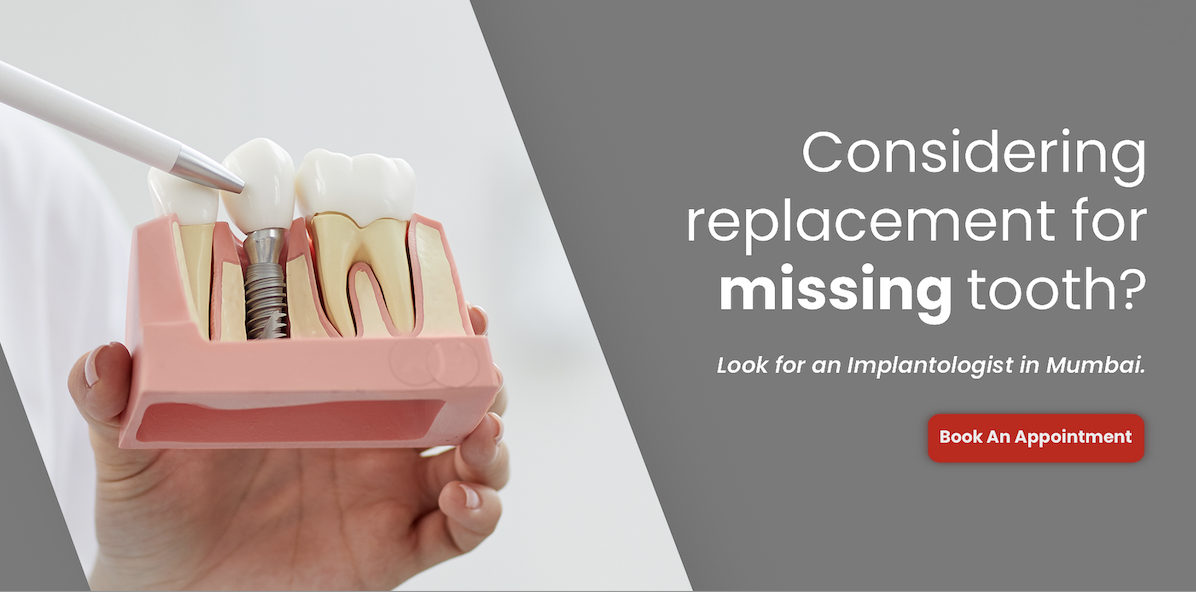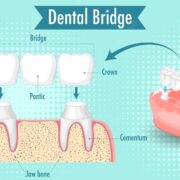Dental implants are a safe, effective way to replace missing teeth and prevent further decay of remaining teeth. Whether you’ve lost one tooth or several from an advanced case of periodontitis, dental implants can be an excellent solution to your oral health issues. If you have a missing tooth root, there are other options than simply leaving the gap in your smile and covering it with your tongue. The good news is that we have high-tech solutions to help you keep your jawbone healthy and avoid the pitfalls that come with losing a tooth root. In this article, we’ll discuss why people lose their tooth roots, how this impacts overall oral health and what you can do about it.
What causes root resorption for missing tooth?
If you’ve lost a tooth and are experiencing a receding jawline, it might be because the supporting bone around your tooth socket is slowly disappearing. This condition is called root resorption, and it can happen when there is chronic pressure on the jawbone.

It’s most often caused by a missing tooth, but it can also be triggered by an infection or cyst in the jaw. In order for teeth to stay healthy and strong, they need to be anchored to a jawbone that’s fully intact. When teeth are surgically removed or suffer from gum disease, the bone supporting the teeth begins to break down and liquefy. Once the bone is gone, it can’t be restored.
Several things can cause a tooth to begin to be resorbed. External resorption is often caused by injuries to the mouth and teeth that cause swelling and loss of bone and tissue on and around a tooth.
How does losing a missing tooth cause loss of bone?
When you lose a tooth, the adjacent bone begins to shrink and narrow. The job of the bone is to anchor your teeth and provide support for your gums. In order to do its job, the bone needs to be constantly growing and progressing. If there’s no pressure on the bone and tooth roots, they stop performing their job. This causes the bone to shrink. The shrinking bone around the missing tooth can cause the jawbone to recede, leading to an underbite or “retro-bite”. Over time, the neighboring teeth will also begin to shift and move out of place.

This is especially likely if you have gum disease. The shrinking bone around the missing tooth can cause the jawbone to recede. This can lead to an underbite or “retro-bite”. Natural teeth help stimulate bone growth through various activities, including biting and chewing. When a tooth is extracted but not replaced, that portion of the jawbone no longer receives the required stimulation and starts to deteriorate and resorb.
Dental implants to restore bone and save other teeth
If you’ve lost a tooth root and the surrounding bone, a dental implant can be a great solution. You might be wondering how an implant can replace something that’s already gone. The truth is, implants aren’t just a replacement for missing tooth roots – they’re a way to protect the jawbone and keep it strong.
Implants are surgically placed into the jawbone, where they remain permanently. When a dental implant is placed, it triggers the body’s natural healing process. The body begins to produce new bone on the implant, fusing it to the device permanently. The implant acts like a new tooth root, triggering the jawbone to grow and expand. This protects the surrounding teeth and helps keep the jawbone strong, preventing root resorption and future dental issues.
Replacing the missing tooth root with a dental implant
The first step to replacing a missing tooth root with a dental implant is to prepare the jawbone for surgery. Your dentist will most likely administer local anesthesia to help minimize any discomfort you might feel during the procedure.
Before placing the dental implant, your dentist will remove any extra tissue or gum tissue around the jawbone. This will allow the implant to fit securely in the jawbone. Depending on the condition of the jawbone and surrounding area, the surgical procedure can take one or two hours.
Once the dental implant is placed, it’s covered with a healing cap that protects the device until it’s fully integrated with your jaw. Dental implants provide a permanent solution if you need to replace a single tooth, or multiple teeth, in different areas. If taken care of, dental implants can last you a lifetime.
Conclusion
One of the most common dental issues faced by adults is tooth loss. While this can occur naturally over time, it’s often due to a condition called periodontitis, otherwise known as gum disease. Because the root of the tooth is embedded in the jawbone, losing the root can cause the surrounding bone to begin to shrink. This puts your oral health at risk and can lead to tooth loss. When the root is lost, placing a dental implant can help restore the bone and keep the jaw healthy.






